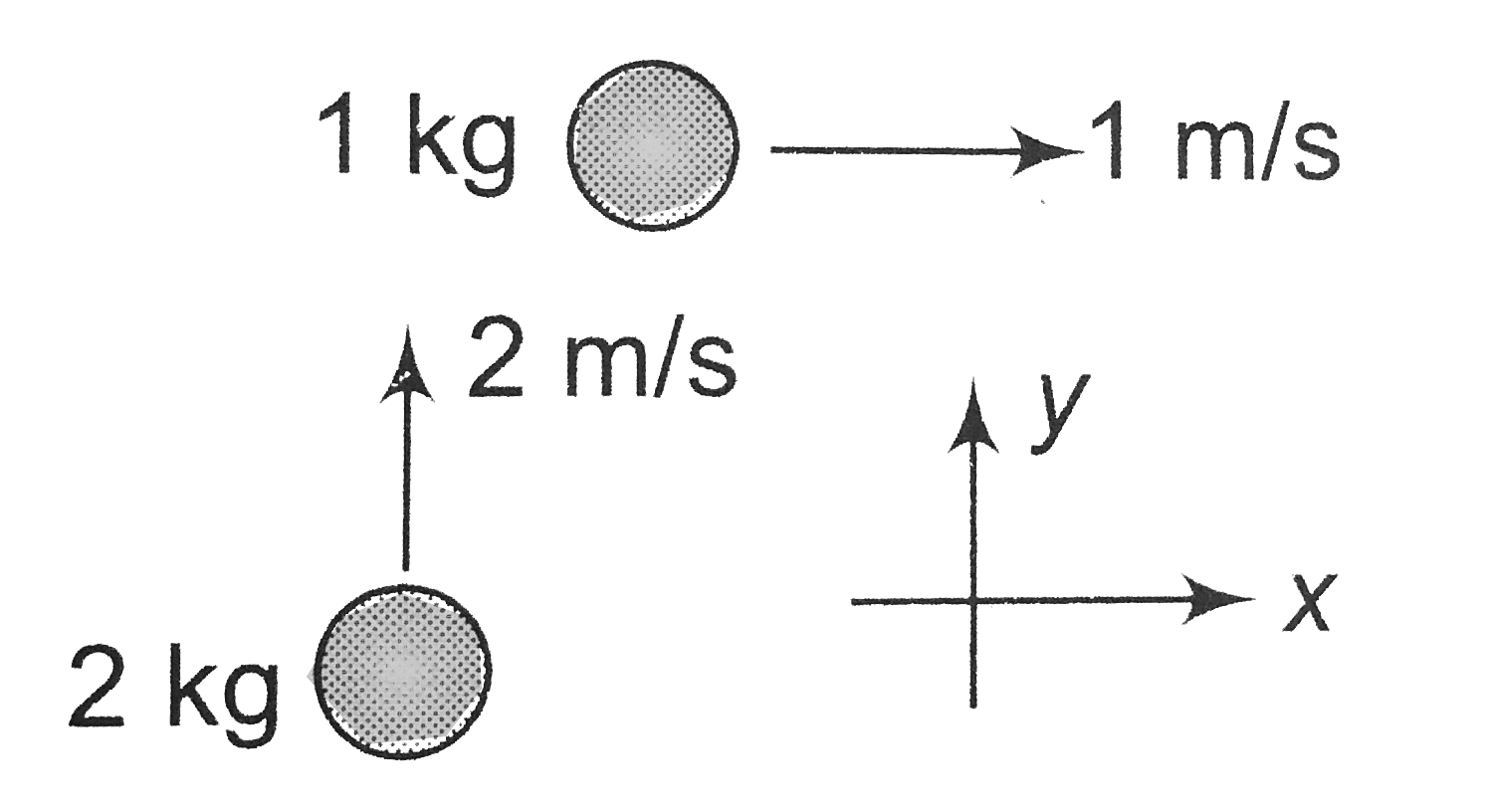Two bodies of masses 3 kg and 2 kg collide head-on. Their relative velocities before and after collision are 15 m/s and 5 m/s respectively. The loss of kinetic energy of the system is
120 J
100 J
80 J
240 J
The correct Answer is:A
Step by step video, text & image solution for Two bodies of masses 3 kg and 2 kg collide head-on. Their relative velocities before and after collision are 15 m/s and 5 m/s respectively. The loss of kinetic energy of the system is by Physics experts to help you in doubts & scoring excellent marks in Class 11 exams.
Updated on:21/07/2023Topper's Solved these Questions
- FORCE BOOK - TARGET PUBLICATIONCHAPTER - FORCE EXERCISE - Competitive Theinking (4.5 Inertial and non-inertial frames)
2 Videos
- FORCE BOOK - TARGET PUBLICATIONCHAPTER - FORCE EXERCISE - Competitive Theinking (4.6 Moment of force)
3 Videos
- FORCE BOOK - TARGET PUBLICATIONCHAPTER - FORCE EXERCISE - Competitive Theinking (4.3 Law of conservation of momentum)
21 Videos
- ELECTRONS AND PHOTONSBOOK - TARGET PUBLICATIONCHAPTER - ELECTRONS AND PHOTONSEXERCISE - Evaluation Test
19 Videos
- FRICTION IS SOLIDS AND LIQUIDS BOOK - TARGET PUBLICATIONCHAPTER - FRICTION IS SOLIDS AND LIQUIDS EXERCISE - MCQ (EVALUATION TEST)
21 Videos
Similar Questions
Two bodies of masses 2 kg and 4 kg are moving with velocities 2 m/s and 10 m/s respectively along same direction. Then the velocity of their centre of mass will be
View SolutionTwo balls of masses 10 kg and 20 kg approach each other with velocities 30 m/s and 20 m/s respectively . Calculate their velocities after they undergo a perfectly eleastic collision .
View Solution
Knowledge Check
Two identical balls A and B collide head on elastically. If velocities of A and B, before the collision are +0.5msand−0.3ms respectively, then their velocities, after the collision, are respectively
A−0.5msand+0.3msB+0.5msand+0.3msC+0.3msand−0.5msD−0.3msand+0.5msTwo spheres of masses 1 kg and 2 kg are moving with velocities of 10 m/s and 5 m/s respectively in the same direction. After the collision the velocity of the lighter sphere decreases by 4 m/s. What is the coefficient of restitution?
A0.1B0.15C0.2D0.25A body of mass m1 collides head on perfectly elastically with a stationary body of mass m2. If velocities of m1 before and after the collision are v and –v/3 respectively then the value of m1/m2 is-
A1B2C0.5D4
Two bodies of masses 1kgand2kg are moving in two perpendicular direction with velocities 1m/sand2m/s as shown in figure. The velocity of the centre of mass (in magnitide) of the system will be :

View SolutionTwo particles A and B of masses 10 kg and 38 kg, respectively, are moving along the same straight line with velocities 15 m/s and 3 m/s, respectively, in the same direction. After elastic collision, the velocities of A and B are vAand vB, respectively, in the direction of initial motion. Then

View SolutionA body of mass 4kg moving with velocity 12m/s collides with another body of mass 6kg at rest. If two bodies stick together after collision , then the loss of kinetic energy of system is
View SolutionA ball of mass 5 kg moving with speed 8 m/s collides head on with another stationary ball of mass 15 kg. If collision is perfecty inelastic, then loss in kinetic energy is
View SolutionA body of mass m moving with velocity v makes a head-on collision with another body of mass 2 m which is initially at rest. The loss of kinetic energy of the colliding body (mass m ) is
View Solution
